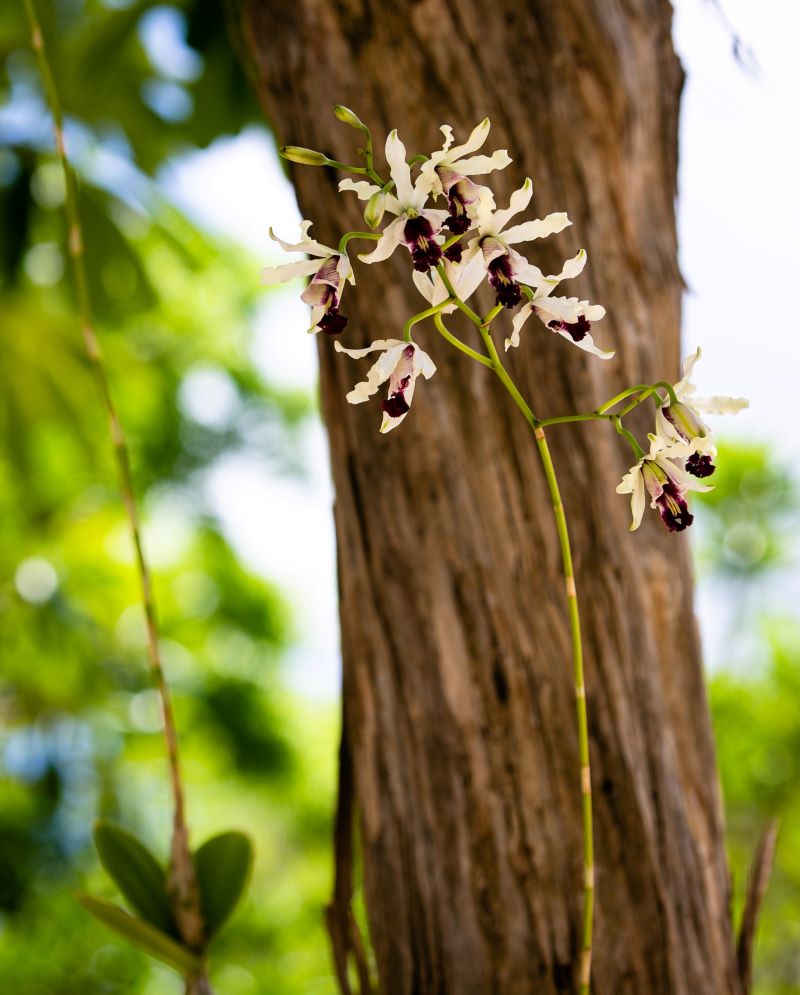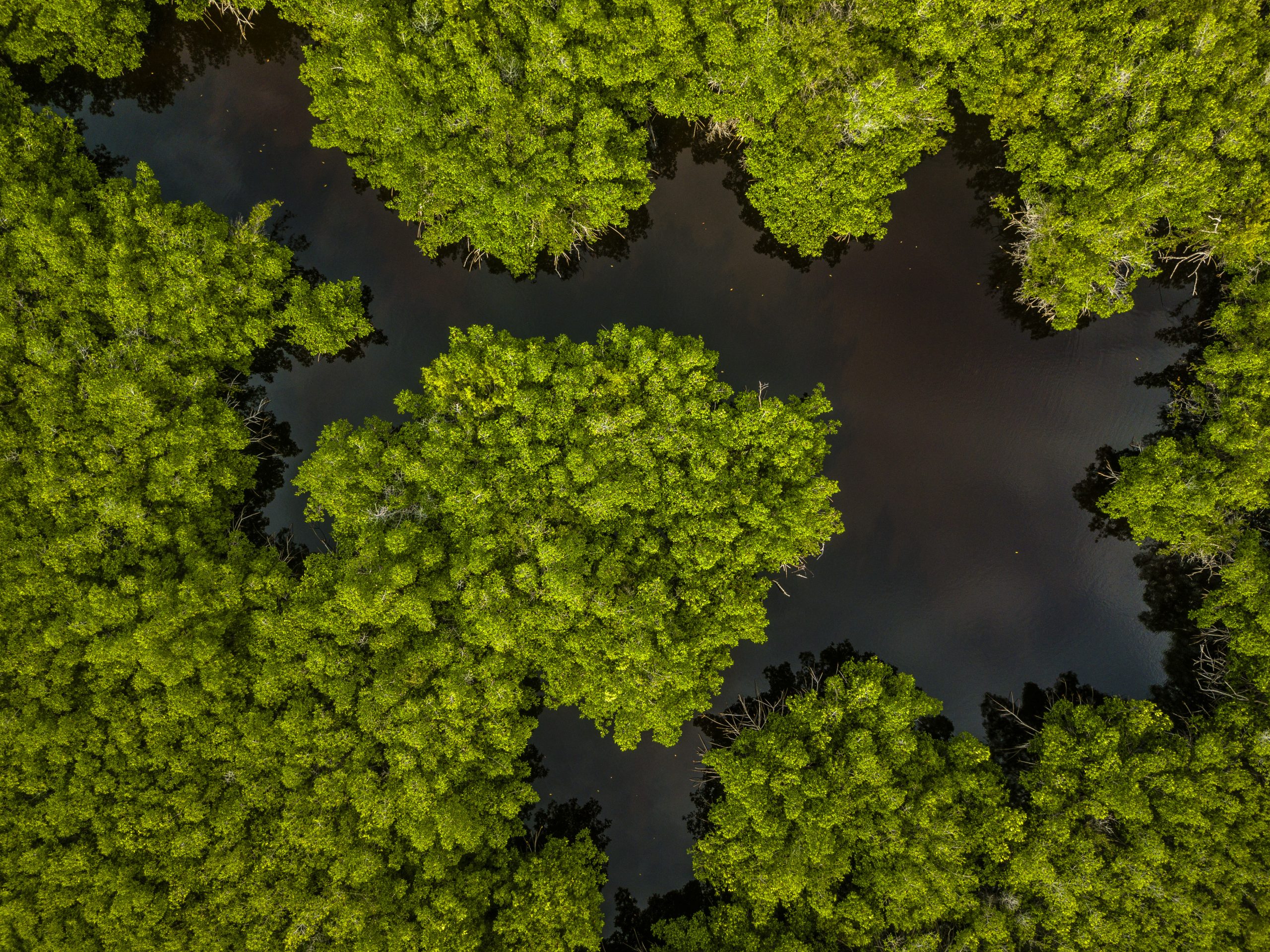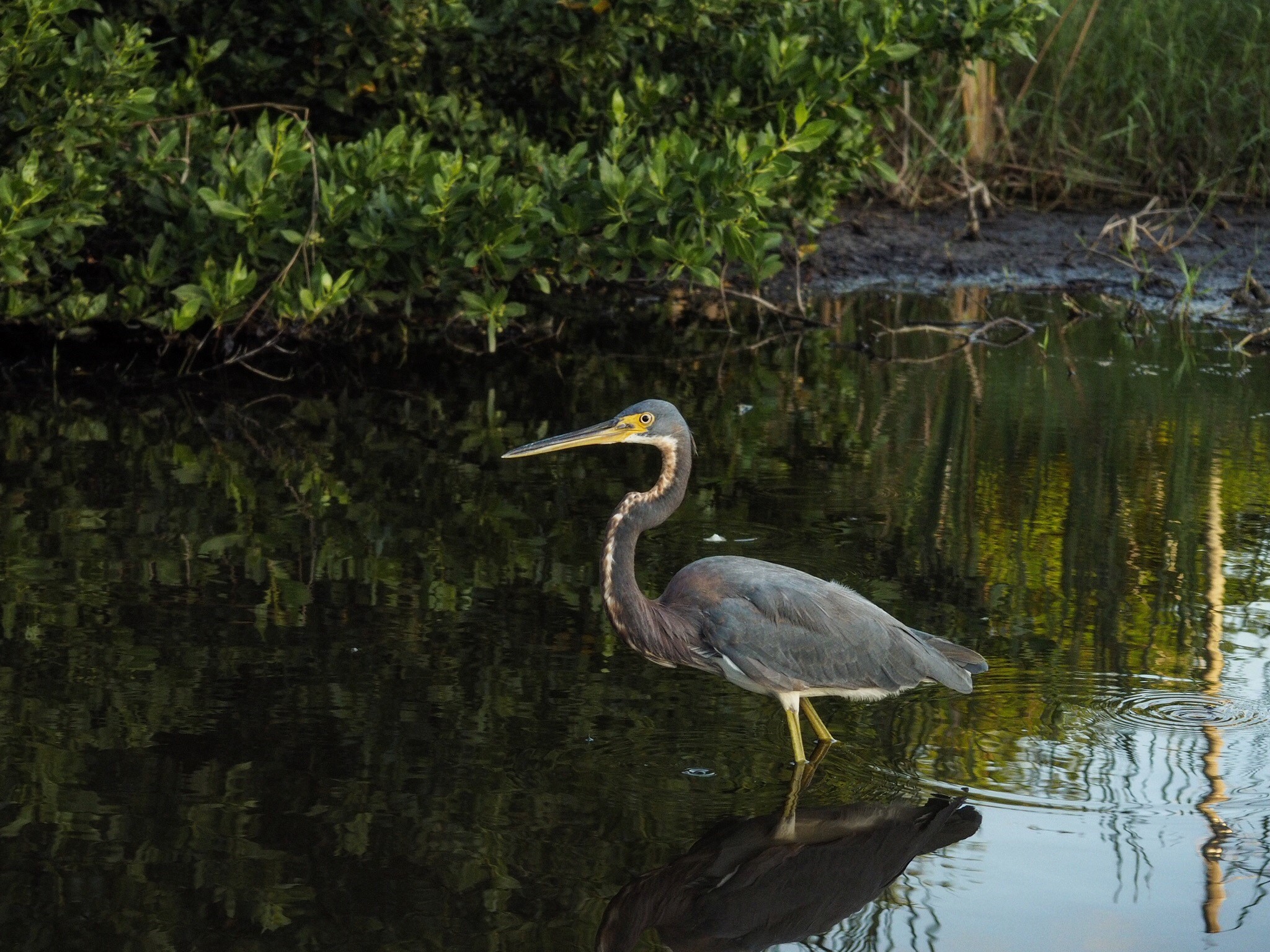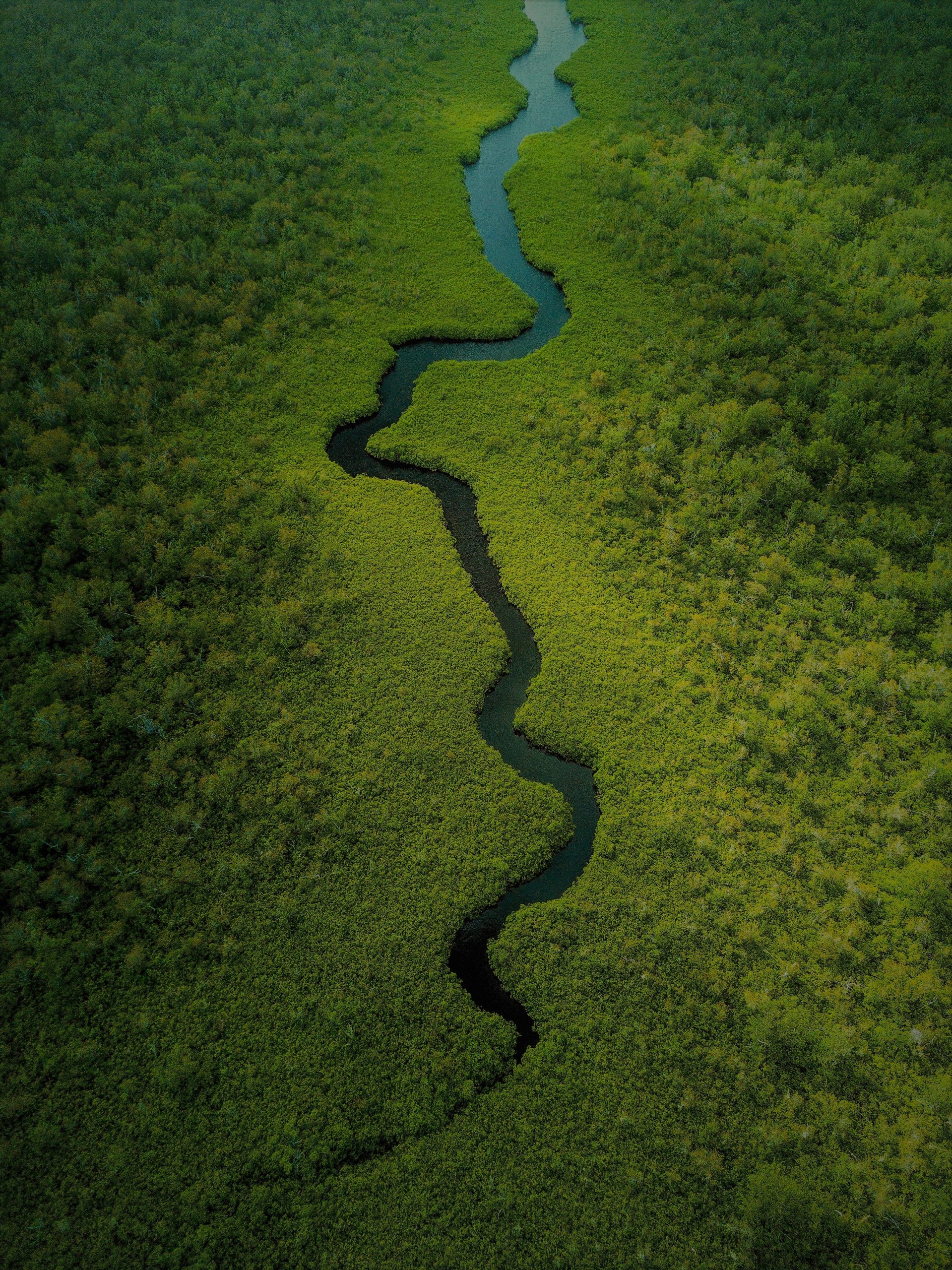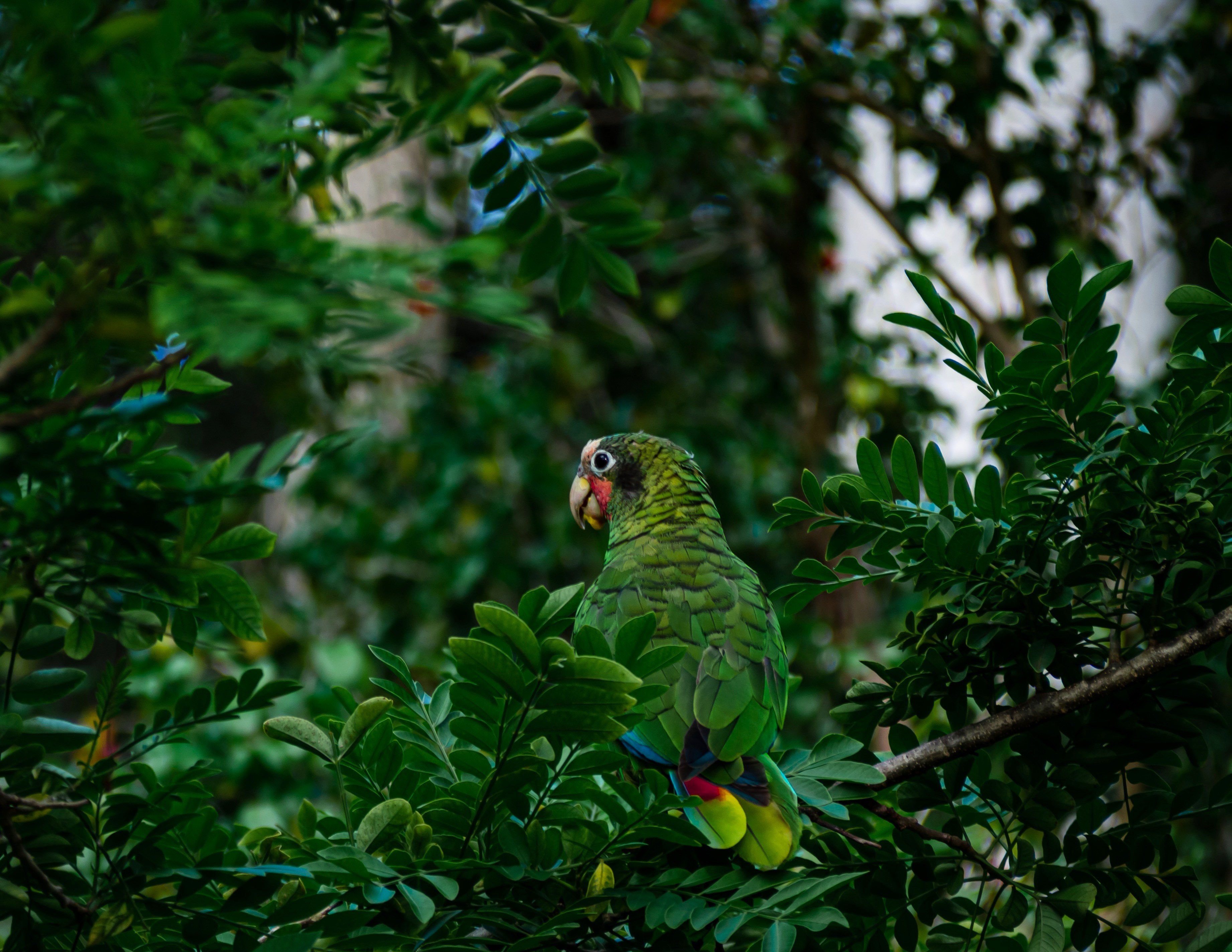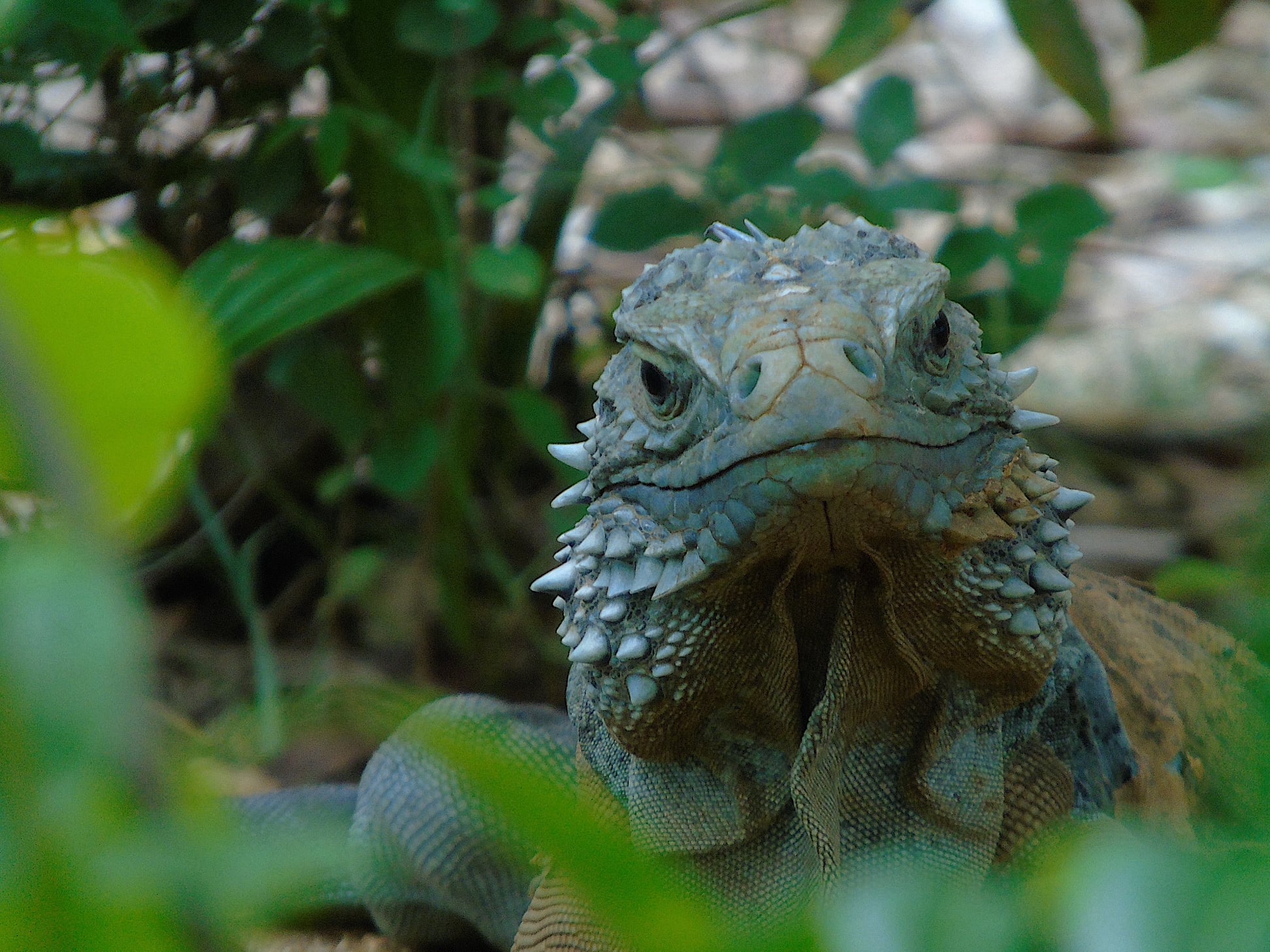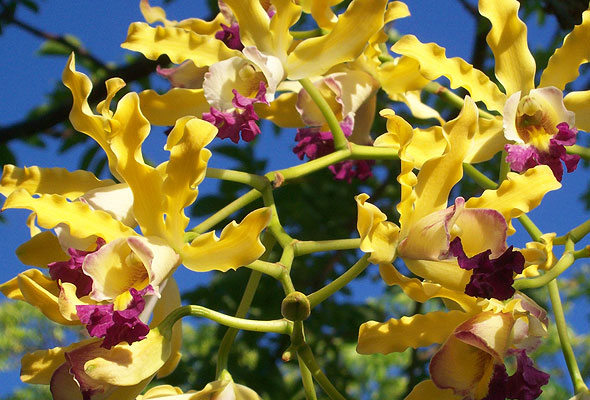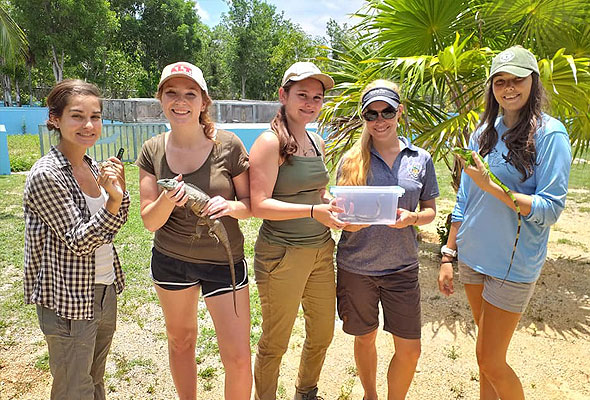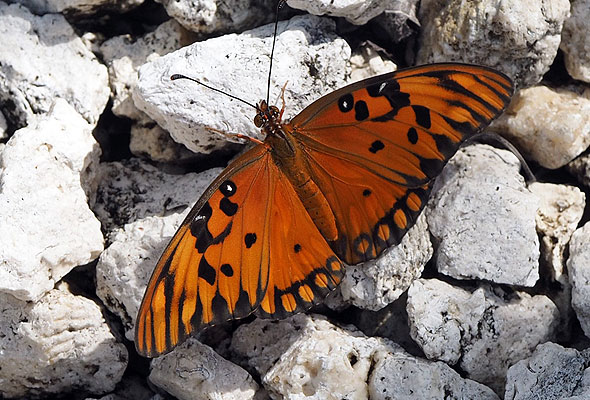Contribute to the Preservation of Critical Natural Habitats & Offset Your Carbon Footprint
Currently, the National Trust protects 6% of Cayman’s natural environment. Our goal is to safeguard 11% of our vital ecosystems across all three islands.
The National Trust for the Cayman Islands (NTCI) partners with the local NGO, Island Offsets, to provide an avenue for local businesses and individuals to offset their carbon footprint by donating to the mangrove fund for the purchase and protection of wetland areas that would have otherwise been deforested. Unavoidable carbon emissions are offset through the preservation of this carbon-rich ecosystem to achieve net-zero or carbon neutrality.
Donations made to our Land Reserve Fund (US tax-deductible options are available) help give us the financial support needed to procure critical natural habitats including mangroves, ancient forests, and other vital areas of land across our three islands. These environmentally sensitive areas are legally protected in perpetuity for the people of the Cayman Islands. Help to contribute to the preservation of critical ecosystems.
The National Trust for the Cayman Islands has been approved by the Charities Aid Foundation America as a 501C3 partner. Click here to make a donation to our Land Reserve Fund.


